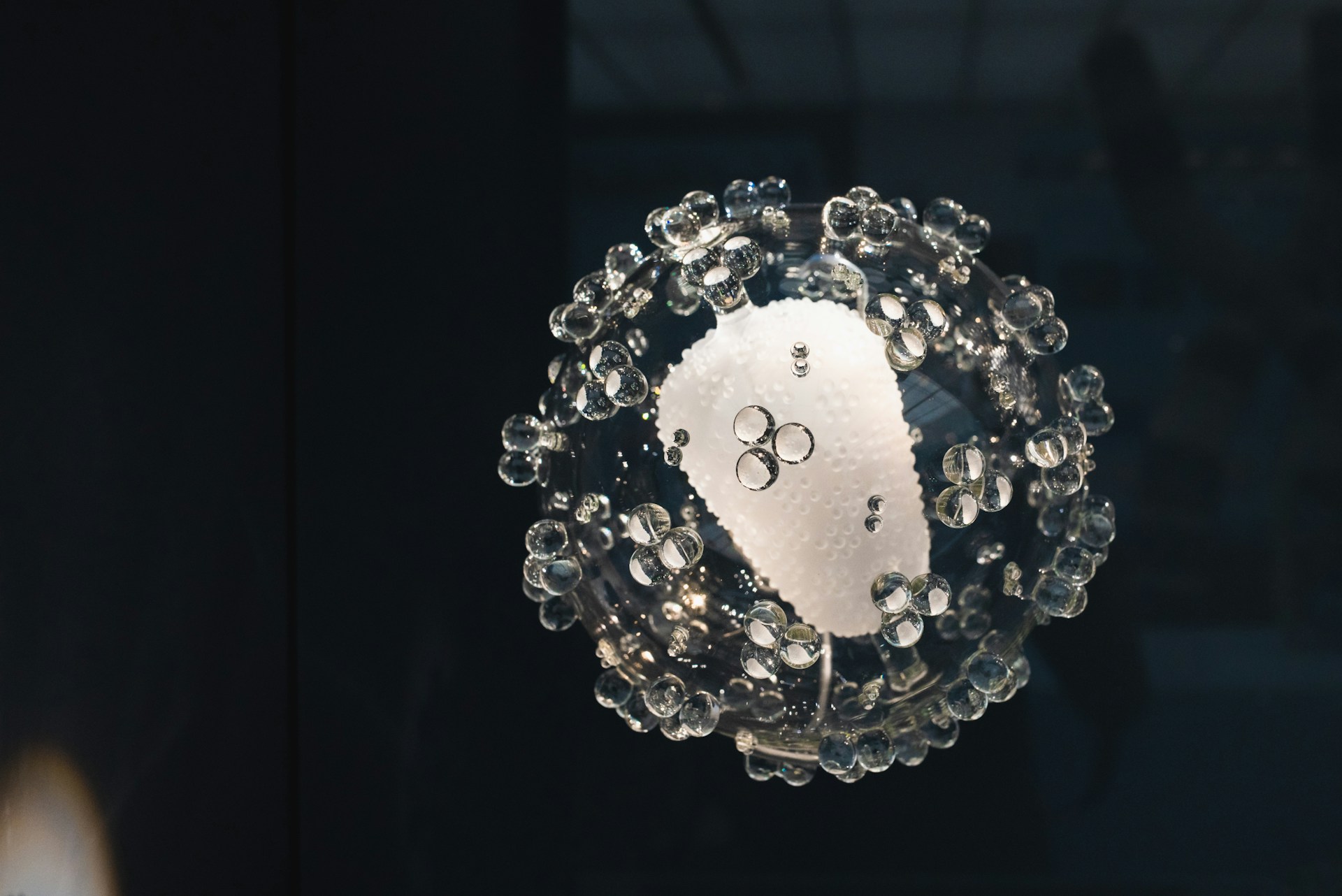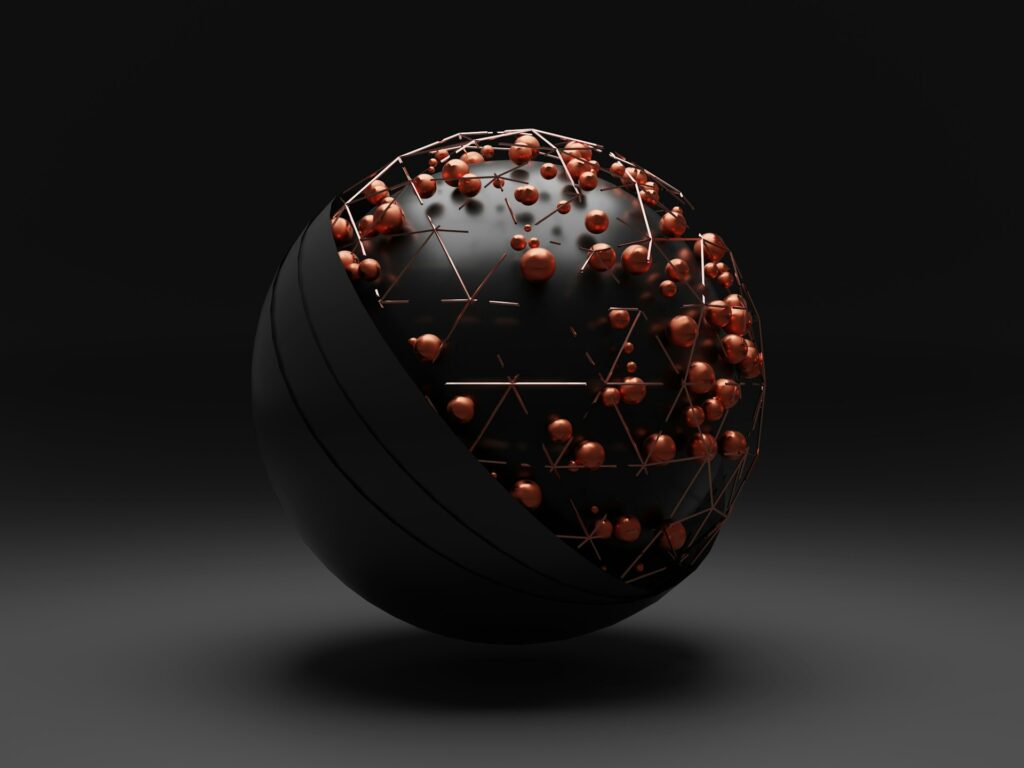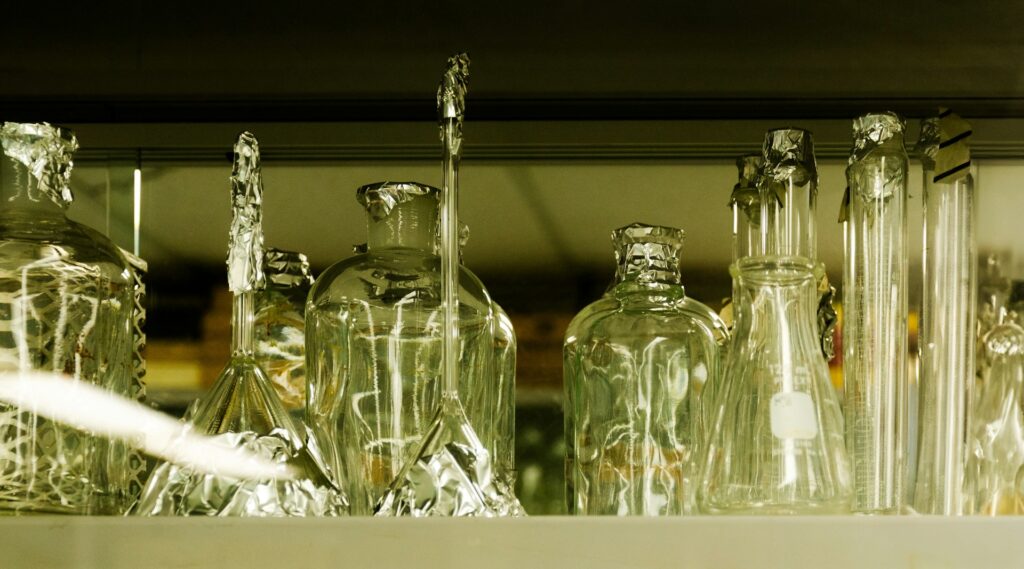In a recent publication from Charles University, Prof. Martin Kotora and his team have introduced a new family of helical quinolizinium salts that emit intense fluorescence in the orange-to-red range. Their method, built on rhodium-catalyzed cyclotrimerization and C; H activation, offers a streamlined route to complex, twisted molecular structures with promising optical behavior.
Cadart, T., Feriancová, L., Henke, P., Gyepes, R., Císařová, I., Kalíková, K., & Kotora, M. (2025). Synthesis of highly fluorescent helical quinolizinium salts by a Rh-catalyzed cyclotrimerization/C–H activation sequence. Chemical Communications, 61(24), 4662–4665. https://doi.org/10.1039/D4CC06512C
The researchers began by combining substituted diynes with trimethylsilylethyne under rhodium catalysis. That reaction produced 1-aryl isoquinolines with yields up to about 61 percent. In a second stage, those intermediates underwent C; H activation and annulation with internally substituted alkynes, giving rise to seven-ring helical quinolizinium salts in yields reaching as high as 93 percent. The team also pursued an enantioselective variant of the C;H activation, achieving up to 62 percent enantiomeric excess in some cases.
One notable outcome is that these new structures display strong fluorescence with quantum yields (ΦF) ranging from 28 to 99 percent in solution. Emission wavelengths fall between roughly 606 and 682 nanometers, placing them squarely in the orange/red region. To expand the functional scope, the researchers also prepared boron- and platinum-based derivatives of the 1-aryl isoquinolines, thereby broadening the photophysical profiles available for study.
This advance is significant for several reasons. Helical aromatic molecules have long been of interest for their chiral, conjugated frameworks, which can influence optical and electronic properties. But many prior helicene-type and helical systems suffer low fluorescence efficiency because of nonradiative decay paths. By embedding an “azonia” (positively charged nitrogen) moiety and leveraging rhodium catalysis, the Kotora group effectively improved the emission efficiency of these helices.
Such fluorescent helical salts hold potential for applications in light-emitting devices, optical sensors, and photonic materials. Their emission in the orange–red window is relevant for technologies such as organic light-emitting diodes (OLEDs) and molecular probes. The ability to synthesize these species in relatively high yield and with chiral control opens the door for further exploration of structure; property relationships in twisted, charged aromatic systems.
However, challenges remain. The enantioselective yields are modest, so better catalysts or strategies will be needed to boost stereoselectivity. Ensuring stability in solid state and in device environments may also require further chemical tuning. And while the rhodium catalysis route is efficient, scalability and cost of catalysts are factors to consider for practical deployment.
Moving forward, the researchers plan to refine chiral induction, explore additional metal complexes, and test device prototypes incorporating these helical salts. If successful, this work may bridge molecular design and applied photonic tech in new ways.
Overall, the Kotora team’s achievement is a notable step in molecular photophysics, combining synthetic strategy and optical performance in a coherent package. It emphasizes how thoughtful catalyst design and molecular scaffolding can push helical systems into regimes of function that were previously difficult to reach.

Adrian graduated with a Masters Degree (1st Class Honours) in Chemical Engineering from Chester University along with Harris. His master’s research aimed to develop a standardadised clean water oxygenation transfer procedure to test bubble diffusers that are currently used in the wastewater industry commercial market. He has also undergone placments in both US and China primarely focused within the R&D department and is an associate member of the Institute of Chemical Engineers (IChemE).



